Rice, Northwestern researchers make and test atom-thick boron’s unique domains
The research led by Rice materials theorist Boris Yakobson and Northwestern materials scientist Mark Hersam appears in Nature Materials.
Borophene differs from graphene and other 2D materials in an important way: It doesn’t appear in nature. When graphene was discovered, it was famously yanked from a piece of graphite with Scotch tape. But semiconducting bulk boron doesn’t have layers, so all borophene is synthetic. Also unlike graphene, in which atoms connect to form chicken wire-like hexagons, borophene forms as linked triangles. Periodically, atoms go missing from the grid and leave hexagonal vacancies. The labs investigated forms of borophene with “hollow hexagon” concentrations of one per every five triangles and one per every six in the lattice.
Yakobson and Hersam also co-authored a recent Nature Nanotechnology perspective about “the lightest 2D metal.”In that piece, the authors suggested borophene may be ideal for flexible and transparent electronic interconnects, electrodes and displays. It could also be suitable for superconducting quantum interference devices and, when stacked, for hydrogen storage and battery applications.
– See more at Rice News


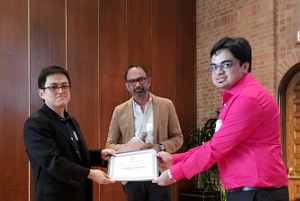 Nitant Gupta, a third-year graduate student in Yakobson’s Group, has received the 2018 Franz and Frances Brotzen Fellowship Award from the MSNE Department. To honor Franz R. Brotzen, the Stanley C. Moore Professor Emeritus of Materials Science and a former dean of engineering, this fellowship was established by David Lee Davidson and his wife, Patricia, and to support an endowed fellowship for graduate students researching in the area of materials science.
Nitant Gupta, a third-year graduate student in Yakobson’s Group, has received the 2018 Franz and Frances Brotzen Fellowship Award from the MSNE Department. To honor Franz R. Brotzen, the Stanley C. Moore Professor Emeritus of Materials Science and a former dean of engineering, this fellowship was established by David Lee Davidson and his wife, Patricia, and to support an endowed fellowship for graduate students researching in the area of materials science.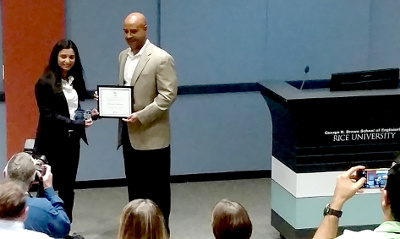 Sharmila Shirodkar, a postdoctoral research associate in Yakobson’s Group, is the recipients of the 2018 Outstanding Postdoctoral Research Award of Rice University’s George R. Brown School of Engineering.
Sharmila Shirodkar, a postdoctoral research associate in Yakobson’s Group, is the recipients of the 2018 Outstanding Postdoctoral Research Award of Rice University’s George R. Brown School of Engineering.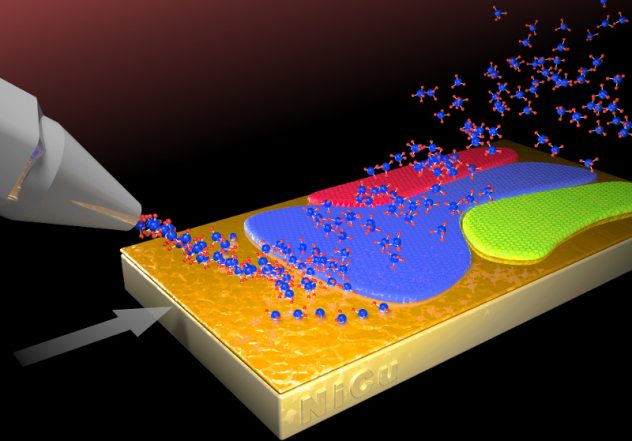
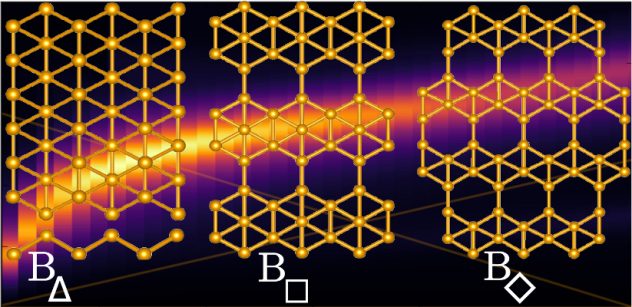
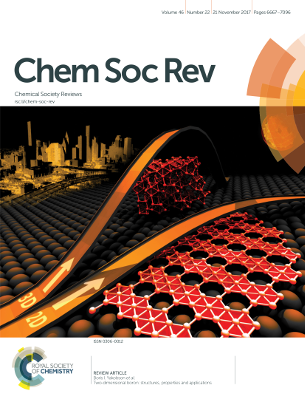
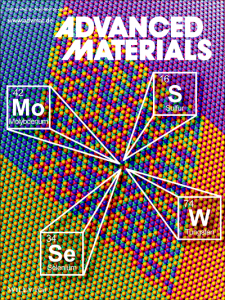

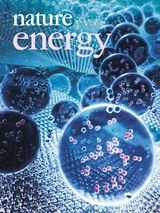
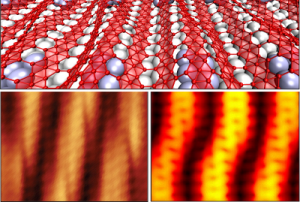
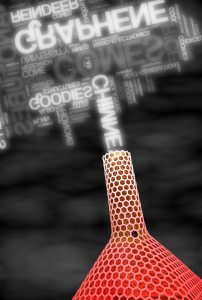 Rice scientists calculate tweaks to graphene would form phonon-friendly cones
Rice scientists calculate tweaks to graphene would form phonon-friendly cones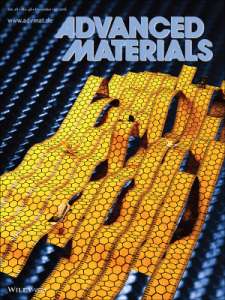 The
The 